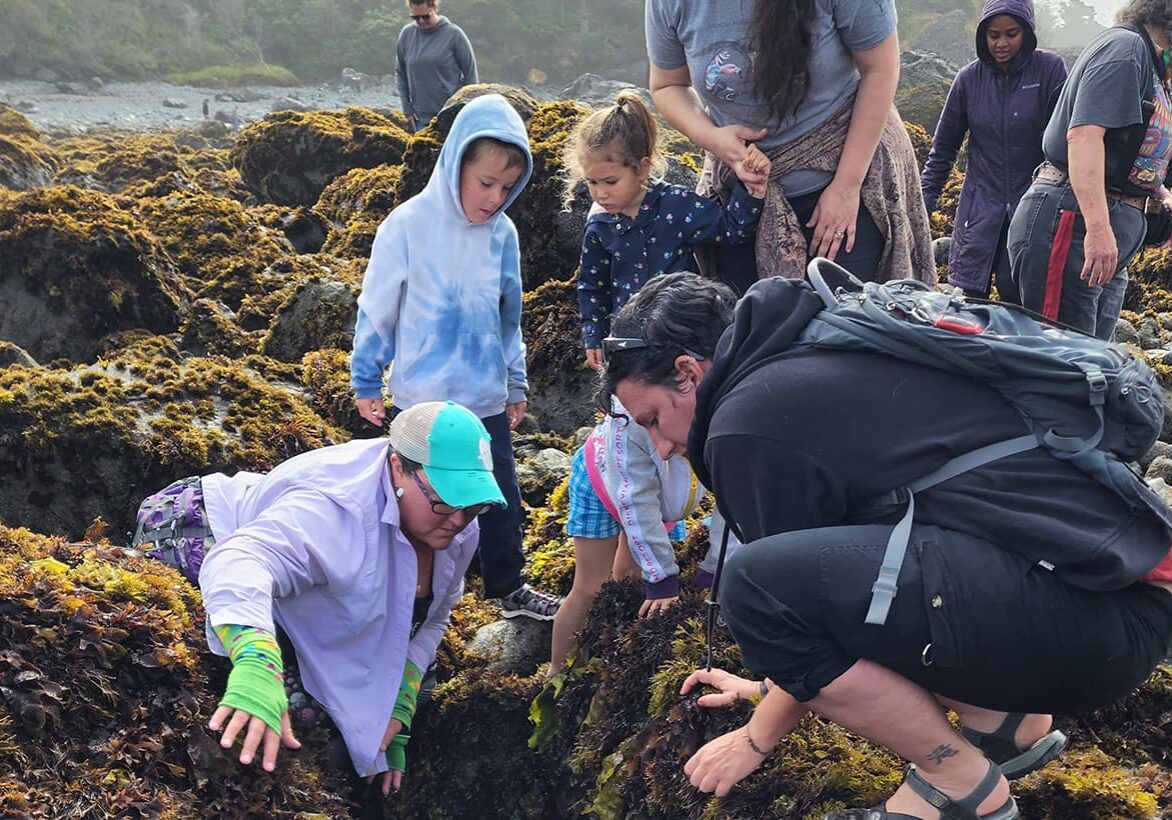Apply For A Grant
The belief that those closest to the problem are the most equipped to solve it unites Rose’s programs. By redirecting money and resources to groups representing marginalized populations, we build power where meaningful change begins.

Find A Grant For You
We offer two categories of grants at Rose Foundation. Click through to learn more about each one.
Rose Foundation Grants
From our grassroots community funds for small, local projects to far-reaching air, water and land initiatives, our grant making spans California, Washington, Oregon, and beyond.
Guided by settlement instructions and community funding boards, Rose directs money to support consumer rights, including financial education and privacy.
Stay Connected
Change is happening! Receive updates on grantee successes, upcoming grants, and opportunities to make a difference. Join our community and be a vital part of the environmental justice movement.
We respect your privacy. Please refer to our Privacy Policy to learn how we handle your information.